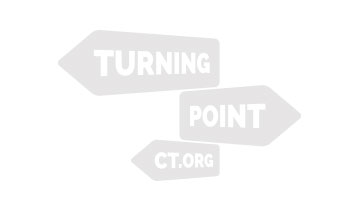24/7 Hotlines: Call or text 988 or text 741741
It is that time of year – January after the New Year. The time of year where there are 3 types of people: Those who achieve goals; those who talk about having goals; and those that don’t bother with goals.
I myself always find my mind wandering both into the future and past this time of year. I often think about where I was emotionally, physically, financially, etc. This process of deep reflecting can often bring up a lot of stuff. But I remember when I was really struggling years ago, and was feeling so “stuck.”
What definitely helped me move to a better place was a few things.
1) Address any unmet emotional needs, through whatever will work. Peer Support, Counseling, Physician, exercise, etc.
2) After gaining some space, now is the time to dream big and write down goals on what you would like to achieve. Some of my friends (and even me at times) feel like they don’t know what they want. In that case, write down what you don’t want. Then flip it to the opposite.
For example; Say you want a new job. That is great, but we can get a bit more specific here. There is a logic model called SMART to help with goals – SMART, MEASURABLE, ACHIEVEABLE, REALISTIC, TIMELY
So lets break down the goal of new job by the SMART method.
Goal: I will have a job as a peer specialist by June of 2017
Specific – yes, having a peer specialist job is a specific goal. If the goal just said “have a job” that would not be detailed enough.
Measurable – You will know when you have a job because you will obviously have been on interviews and gotten accepted
Achievable – This basically means that if you have an interest and a desire to use your lived experience as a peer, a peer job would be an achievable goal
Realistic – This checks the basics, and ensures it is a reasonanle goal. Having a peer job is a growing field in the recovery and behavioral health field, so there is a market for it. If someone had a goal to travel back in time to play fetch with a dinosaur, that would not be a realistic goal :0
Timely – Putting “spring of 2017” gives us a deadline – which transforms a wish into a goal. As humans, most of us need a deadline to motivate and inspire us.
Those of you who are still with me so far, I don’t want to overwhelm you! We didn’t cover a very important piece yet, and that is taking goals in baby steps. Baby steps force us to break down a goal into little chunks to help us feel a sense of progress.
For example, I will break down the goal above into baby steps.
Goal: I will have a job as a peer specialist by June of 2017
1) Type resume or edit existing resume.
2) Research resume best practices on the web and make a final edit
3) Contact friends or colleagues to let them know you are looking for a peer specialist job, and would be honored to have them be a reference for you
4) Make a reference page
5) Research local organizations that hire peers, and look for any available openings
6) Interview anyone with a current peer job to get insight and ask questions about the postion
7) Apply for job according to instructions (online, in person, etc)
8) Get appropriate interview outfit ready
9) Arrange transportation if needed for interview
10) Send thank you letter to interviewing manager
All of these things were not immediately on your mind before you wrote down that goal. That is the magic of making a commitment to positive growth!
Check out these extra resources below, and let me know how you all are doing! – Michael
https://www.entrepreneur.com/article/241754
http://home.uchicago.edu/ourminsky/Goal-Gradient_Illusionary_Goal_Progress.pdf
Interesting Study on Goal setting (WARNING: Long PDF!!)

© 2024 TurningPointCT.org. All Rights Reserved.
Hi Michael,
I love this. I have used the SMART method a few times, and I love it. I really like how you provided an example and very detailed. I think this is very useful for people, esp young adults who are trying to achieve the goals they have set for them selves. Thanks for sharing!